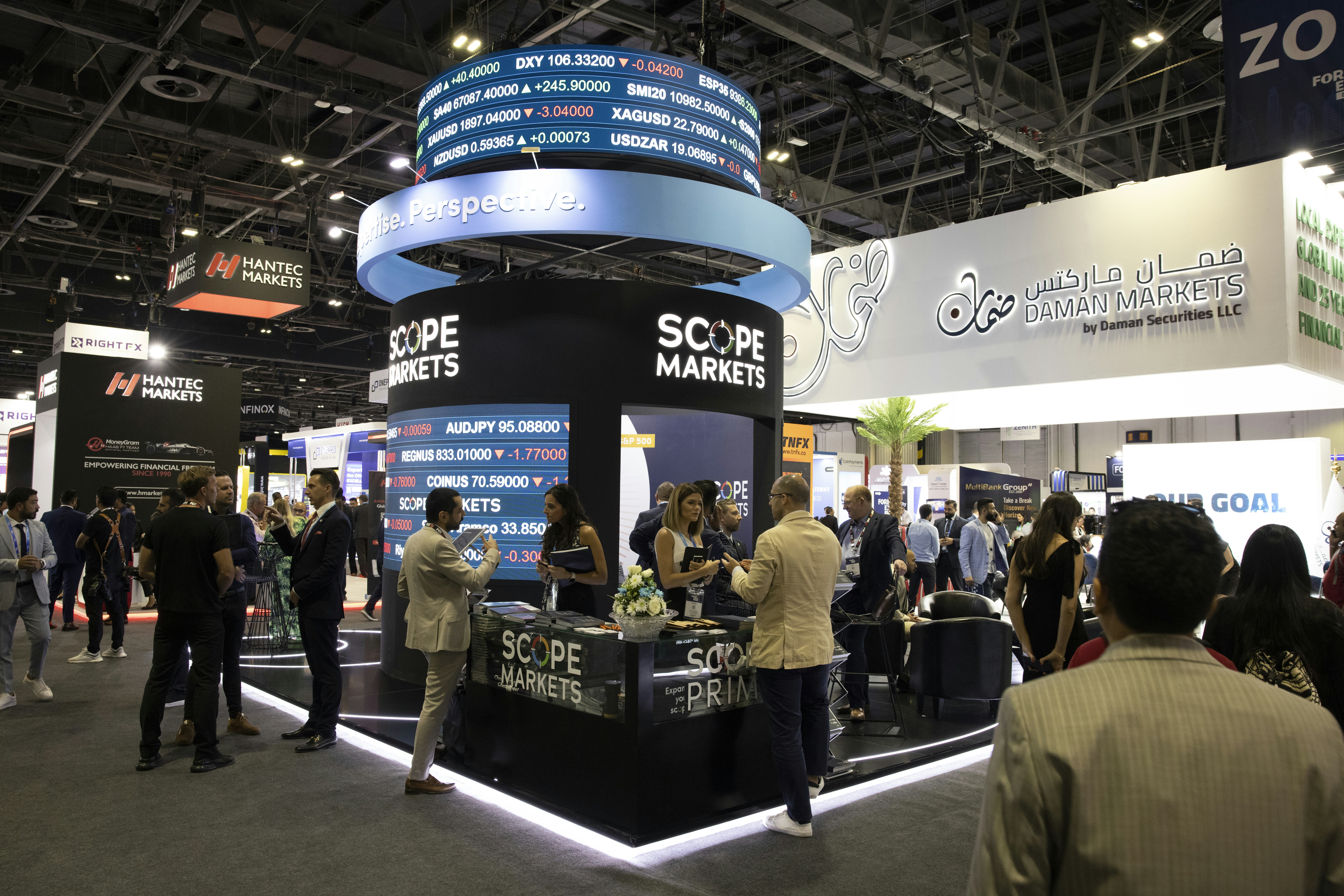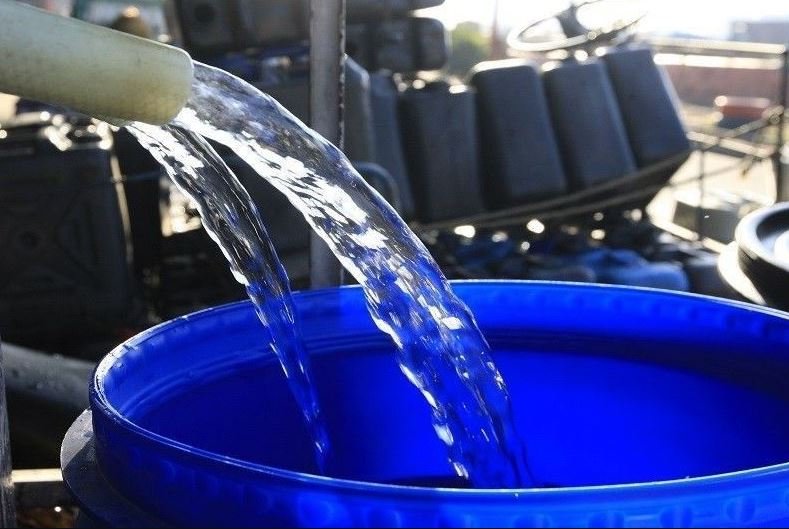Introduction to Wastewater Monitoring
Wastewater monitoring plays a crucial role in maintaining environmental integrity and safeguarding public health. As urbanization intensifies and industries expand, the volume of wastewater generated has significantly increased, necessitating effective monitoring strategies. Wastewater encompasses effluent from various sources, including households, commercial establishments, and industrial facilities, which often contain harmful microorganisms and contaminants. Identifying these microbiological agents is vital, as their presence can pose serious health risks if left unchecked.
- Introduction to Wastewater Monitoring
- Understanding Microbiological Contamination
- Current Monitoring Techniques and Technologies
- Emerging Solutions and Innovations
- Case Studies: Successful Implementation of Monitoring Solutions
- Regulatory Framework and Standards
- Challenges in Wastewater Monitoring
- Future Trends in Wastewater Monitoring
- Conclusion and Call to Action
The practice of monitoring wastewater involves systematically collecting and analyzing samples to detect the presence of pathogens, toxic substances, and other pollutants. This process not only allows for the assessment of the treated and untreated effluent quality but also aids in detecting incidents of microbiological contamination. Such contamination can lead to outbreaks of waterborne diseases, which remain a significant public health concern, particularly in regions with inadequate sanitation facilities. Regular monitoring provides critical data that assists in making informed decisions regarding wastewater treatment processes and overall resource management.
The significance of wastewater monitoring extends beyond immediate public health implications; it also impacts ecological balance. Industrial discharges and improper waste management can lead to the degradation of natural water bodies, risking aquatic ecosystems and biodiversity. Through consistent and comprehensive wastewater monitoring, regulatory bodies can enforce standards that protect both human health and the environment. Advanced technological solutions are now emerging to enhance monitoring efficiency, enabling real-time data collection and analysis, facilitating timely interventions in cases of contamination. Ultimately, persistent monitoring of wastewater is essential in achieving sustainable development goals and ensuring safe water resources for future generations.
Understanding Microbiological Contamination
Microbiological contamination in wastewater is a significant environmental concern that poses threats to human health and aquatic ecosystems. This type of contamination primarily comprises various pathogens and microorganisms, including bacteria, viruses, protozoa, and fungi, which can originate from diverse sources. Often, these contaminants are linked to human activities, such as untreated sewage discharge, agricultural runoff, and industrial effluents.
Among the most common pathogens found in wastewater are fecal coliform bacteria and Escherichia coli, which serve as indicators of sanitary quality. These microorganisms typically enter wastewater systems through human excreta, animal waste, and improper disposal of hygiene products. Additionally, viruses such as enteroviruses and noroviruses can also be present, contributing to waterborne diseases that affect large populations.
Protozoa, including Giardia and Cryptosporidium, present another layer of concern due to their resistance to conventional disinfection methods. These organisms can proliferate in various water bodies, creating notable health risks through recreational water use or consumption of contaminated water. Furthermore, fungi can thrive in wastewater treatment plants, often indicating a compromised system that could further complicate the treatment process.
The health risks associated with microbiological contamination are profound. For humans, exposure to contaminated water can lead to gastrointestinal illnesses, respiratory infections, and, in severe cases, long-term health effects. Aquatic life is equally affected, as the introduction of pathogens can disrupt local ecosystems and lead to the decline of sensitive species. Therefore, understanding the sources and types of microbiological contamination is essential in developing innovative solutions for effective wastewater monitoring and treatment.
Current Monitoring Techniques and Technologies
Wastewater monitoring plays a critical role in mitigating the risks associated with microbiological contamination. Several methods exist to assess the quality of wastewater, ranging from traditional microbiological assays to modern sensor technologies. Each technique exhibits distinct advantages and limitations in terms of effectiveness and implementation.
Traditional microbiological assays, such as plate counts and membrane filtration, have been the gold standard in wastewater quality monitoring for many years. These assays typically involve culturing samples under specific environmental conditions to determine the presence of harmful microorganisms. While these methods are reliable and offer qualitative insights, they suffer from several shortcomings. Chief among them is the time required for culture development, often taking days or even weeks, thereby delaying timely interventions.
On the other hand, modern sensor technologies have emerged as a promising alternative to traditional methods. These technologies include biosensors, real-time PCR (Polymerase Chain Reaction), and microbial fuel cells. Biosensors, for example, enable rapid detection of pathogens by using biological elements to interact with target microorganisms. They offer the potential for real-time monitoring, which can significantly enhance decision-making processes in wastewater management. However, while these systems are sensitive and specific, their cost and complexity can limit widespread adoption in certain scenarios.
Additionally, both qualitative and quantitative approaches are essential in evaluating wastewater safety. Qualitative methods provide information about the presence or absence of microbial contaminants, while quantitative approaches yield data on the concentration levels of specific pathogens. Understanding the dynamics between these two approaches can help determine the most appropriate strategy based on the context of the wastewater treatment facility.
As advancements in technology continue to develop, the landscape of wastewater monitoring is evolving. Each method has unique strengths and weaknesses, illustrating the importance of a multifaceted approach in successfully addressing microbiological challenges in wastewater systems.
Emerging Solutions and Innovations
The landscape of wastewater monitoring is rapidly evolving, driven by technological advancements that enhance the accuracy and efficiency in detecting microbiological contamination. One of the most significant innovations is the implementation of real-time monitoring systems, which allow for continuous data collection and immediate analyses. These systems utilize advanced sensors that can detect microbial pathogens in wastewater efficiently, providing timely alerts to stakeholders and decision-makers. Such immediacy is crucial for preventing outbreaks of waterborne diseases, as it empowers water treatment facilities to take prompt action.
Incorporating Internet of Things (IoT) technology into wastewater management has revolutionized the industry. IoT-enabled devices can monitor various parameters simultaneously, including bacterial load, pH levels, and chemical concentrations. By transmitting data to centralized platforms, these connected devices facilitate a comprehensive understanding of water quality over time. The integration of IoT also supports remote data access, enabling water quality managers to assess conditions without being physically present on-site. This remote functionality becomes increasingly important in ensuring continuous compliance with health and environmental regulations.
Another notable advancement is the application of artificial intelligence (AI) in analyzing wastewater data. Machine learning algorithms can identify patterns and anomalies in large datasets, offering predictive insights that enhance decision-making processes. AI models can also learn from historical data, improving their accuracy in predicting potential contamination events. Furthermore, advancements in rapid testing methodologies have emerged, allowing for almost immediate identification of microbial contaminants. Techniques such as PCR (Polymerase Chain Reaction) and nanotechnology-based assays significantly shorten the time required for testing, thereby facilitating quicker responses to public health threats.
Overall, the combination of real-time monitoring, IoT integration, AI, and rapid testing marks a transformative shift in wastewater management, leading to improved detection of microbiological contaminants and enhanced public health safety.
Case Studies: Successful Implementation of Monitoring Solutions
In recent years, several municipalities and organizations have undertaken innovative wastewater monitoring solutions aimed at addressing microbiological contamination. One notable case is the City of San Diego, California, which faced significant challenges related to untreated wastewater discharge into local waterways. The city decided to implement a robust wastewater monitoring system that integrated real-time data analytics and microbial detection technologies. By doing so, they aimed to not only enhance their response times during contamination events but also improve overall public health outcomes. Following the adoption of these advanced monitoring solutions, San Diego reported a remarkable decrease in the incidence of waterborne illnesses, showcasing the effectiveness of timely intervention through innovative practices.
Another successful example comes from the Port of Rotterdam, where authorities encountered periodic contamination from industrial effluents. The port authorities partnered with technology providers to deploy a comprehensive monitoring network equipped with automatic sampling and microbiological testing facilities. This project required multifaceted collaboration between different stakeholders to ensure compliance with environmental regulations. The introduction of this innovative solution allowed for the rapid identification of contamination sources, facilitating prompt remediation efforts. Consequently, the Port of Rotterdam effectively improved both environmental safety and public health metrics within the surrounding communities.
Moreover, the municipality of Melbourne, Australia, embraced an innovative method involving the implementation of biosensors in their wastewater treatment facilities. This initiative was driven by the need to monitor microbial levels more accurately and efficiently. The biosensors provided real-time data regarding the presence of harmful microorganisms, enabling operators to make better-informed decisions regarding treatment adjustments. As a result, Melbourne experienced enhanced control over its wastewater treatment processes and significantly reduced the associated health risks in its populace.
These case studies highlight the impact of innovative wastewater monitoring solutions in tackling microbiological contamination. By adopting advanced technologies, municipalities and organizations not only address immediate public health challenges but also promote long-term sustainability and safety in their water systems.
Regulatory Framework and Standards
Effective wastewater monitoring is crucial for ensuring public health and environmental safety, highlighting the need for a robust regulatory framework. Various international and national guidelines have been established to govern the treatment and monitoring of wastewater, particularly concerning microbiological contamination. The World Health Organization (WHO) and the Environmental Protection Agency (EPA) serve as pivotal organizations in setting these standards, aiming to establish uniformity in treatment practices globally.
Internationally, the WHO provides comprehensive guidelines on the management of wastewater, emphasizing the necessity for systematic monitoring to prevent disease outbreaks associated with pathogens found in contaminated water. These guidelines serve as a benchmark for countries around the world, encouraging them to develop local regulations tailored to their specific challenges and needs.
On a national level, regulatory requirements may vary significantly. For instance, in the United States, the Clean Water Act mandates states to set and enforce water quality standards, which includes stringent measures on microbiological contaminants in treated wastewater. Compliance with these standards is not merely advisory but legally required, demonstrating the commitment to safeguarding public health.
Regulatory bodies play a vital role in enforcing these compliance measures, conducting regular inspections, and assessing wastewater treatment facilities to ensure adherence to established guidelines. Furthermore, these authorities may mandate reporting and tracking of microbiological levels, thus facilitating transparency and accountability in wastewater management.
In conclusion, maintaining a stringent regulatory framework is essential for effective wastewater monitoring. The collaborative efforts of international organizations and national regulatory bodies help ensure that wastewater treatment meets necessary safety standards, thus protecting public and environmental health from microbiological threats.
Challenges in Wastewater Monitoring
Monitoring wastewater for microbiological contamination is a critical component of public health and environmental protection. However, various challenges can impede effective monitoring. One of the primary hurdles is data interpretation. The data collected from wastewater monitoring systems can be voluminous and complex, making it difficult for stakeholders to discern actionable insights. Additionally, the multitude of microbial species present in wastewater adds layers of complexity, as distinguishing between harmful pathogens and benign organisms poses significant challenges.
Another key issue lies with sensor reliability. Traditional monitoring methods often rely on laboratory analysis, which can be time-consuming and may not provide real-time insights. Advances in sensor technology and biosensors are essential to enhance the reliability of data. However, these technologies can sometimes suffer from false positives or negatives, which may lead to misleading conclusions. This limitation necessitates continual troubleshooting and validation to ensure that monitoring systems maintain high accuracy levels.
Funding is an additional challenge that municipalities and industries face when implementing comprehensive wastewater monitoring systems. Investment in advanced technologies and training for personnel can represent a significant financial burden. Scarcity of resources can lead to prioritization of immediate concerns over long-term sustainability strategies, often resulting in outdated infrastructure and practices that fail to meet contemporary standards.
Technical obstacles also play a role in successful wastewater monitoring. Many municipalities lack the infrastructure to support consistent sampling and monitoring initiatives, particularly in rural or economically disadvantaged areas. Logistical issues, such as transportation of samples, maintenance of monitoring equipment, and data management systems, further complicate the situation, potentially compromising the quality of the monitoring efforts.
In conclusion, addressing these challenges requires a multifaceted approach that encompasses technological advancements, strategic funding, and enhanced training. The future of wastewater monitoring for microbiological contamination hinges upon overcoming these obstacles to safeguard public health and the environment effectively.
Future Trends in Wastewater Monitoring
The advancement of technology significantly shapes the future landscape of wastewater monitoring, providing innovative solutions to address microbiological contamination issues. As we move further into the digital age, machine learning and big data analytics are set to play pivotal roles in enhancing the efficiency and accuracy of wastewater analysis. The incorporation of these technologies allows for real-time surveillance of microbial populations, facilitating early detection of contaminants that may affect public health.
Machine learning algorithms can analyze vast datasets collected from wastewater systems, identifying patterns and predicting potential outbreaks of waterborne diseases. By leveraging historical data alongside current readings, these systems can improve their predictive capabilities. Such an approach not only allows for rapid responses to contamination events but also helps in understanding the underlying causes and trends of microbiological presence in wastewater.
Moreover, the transition towards decentralization in wastewater monitoring is gaining momentum. Community-level initiatives are becoming increasingly important as they enable localized decision-making and more tailored interventions. Local municipalities can implement low-cost sensors to continuously monitor water quality, empowering communities to take proactive measures against pollution. This grassroots approach ensures that the data generated is relevant to the specific needs of local populations, fostering greater public awareness and engagement.
Alongside these developments, the integration of the Internet of Things (IoT) is expected to streamline wastewater monitoring efforts. IoT applications will enable interconnected devices to share data seamlessly, offering comprehensive insights into wastewater systems. This interconnectedness can lead to optimized resource management and improved regulatory compliance, as agencies can access up-to-date information on microbiological contaminants in real-time.
In essence, the future of wastewater monitoring is poised for a transformation driven by technological innovation, enabling better management of microbial risks and promoting healthier ecosystems. The combination of machine learning, big data, and community engagement is likely to redefine how we monitor and respond to wastewater challenges moving forward.
Conclusion and Call to Action
In summary, the challenge of microbiological contamination in wastewater is a pressing issue that poses significant risks to public health and the environment. Throughout this blog post, we have explored various innovative solutions that enhance wastewater monitoring practices, particularly in detecting and mitigating harmful microorganisms. The adoption of sophisticated technologies such as real-time monitoring systems and predictive analytics plays a crucial role in enabling stakeholders to respond effectively to contamination events. These advancements not only improve the safety of our water systems but also foster compliance with regulatory standards.
It is vital for policymakers, businesses, and communities to recognize the importance of investing in robust wastewater monitoring solutions. By prioritizing effective contamination detection methods, we can significantly reduce the incidence of waterborne diseases and protect our ecosystems. Moreover, raising awareness about the significance of clean water management should be a collective effort. Businesses can contribute by integrating innovative practices within their operations, while communities can advocate for sustainable water policies.
Moreover, collaboration between various sectors will be essential in developing and implementing effective monitoring strategies. The integration of public health expertise into wastewater management initiatives can also provide invaluable insights, enhancing our understanding of microbiological threats and enabling more informed decision-making. Through these collective actions, we can work towards tangible improvements in water quality and public health outcomes.
We encourage all stakeholders to engage actively in this discourse, share knowledge, and invest in innovations that address microbiological contamination in wastewater. By doing so, we not only secure a healthier future for our communities but also protect essential water resources for generations to come.






